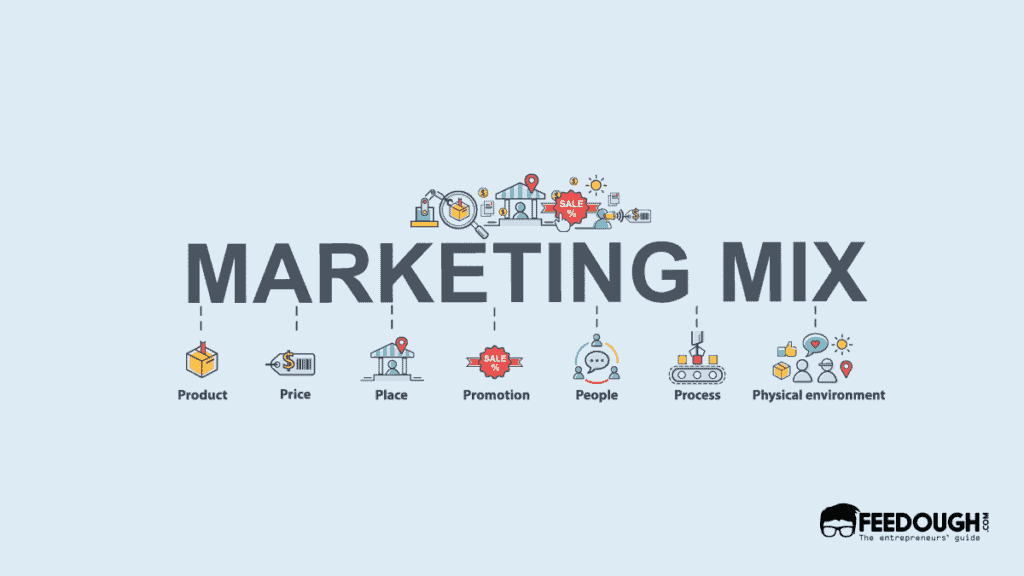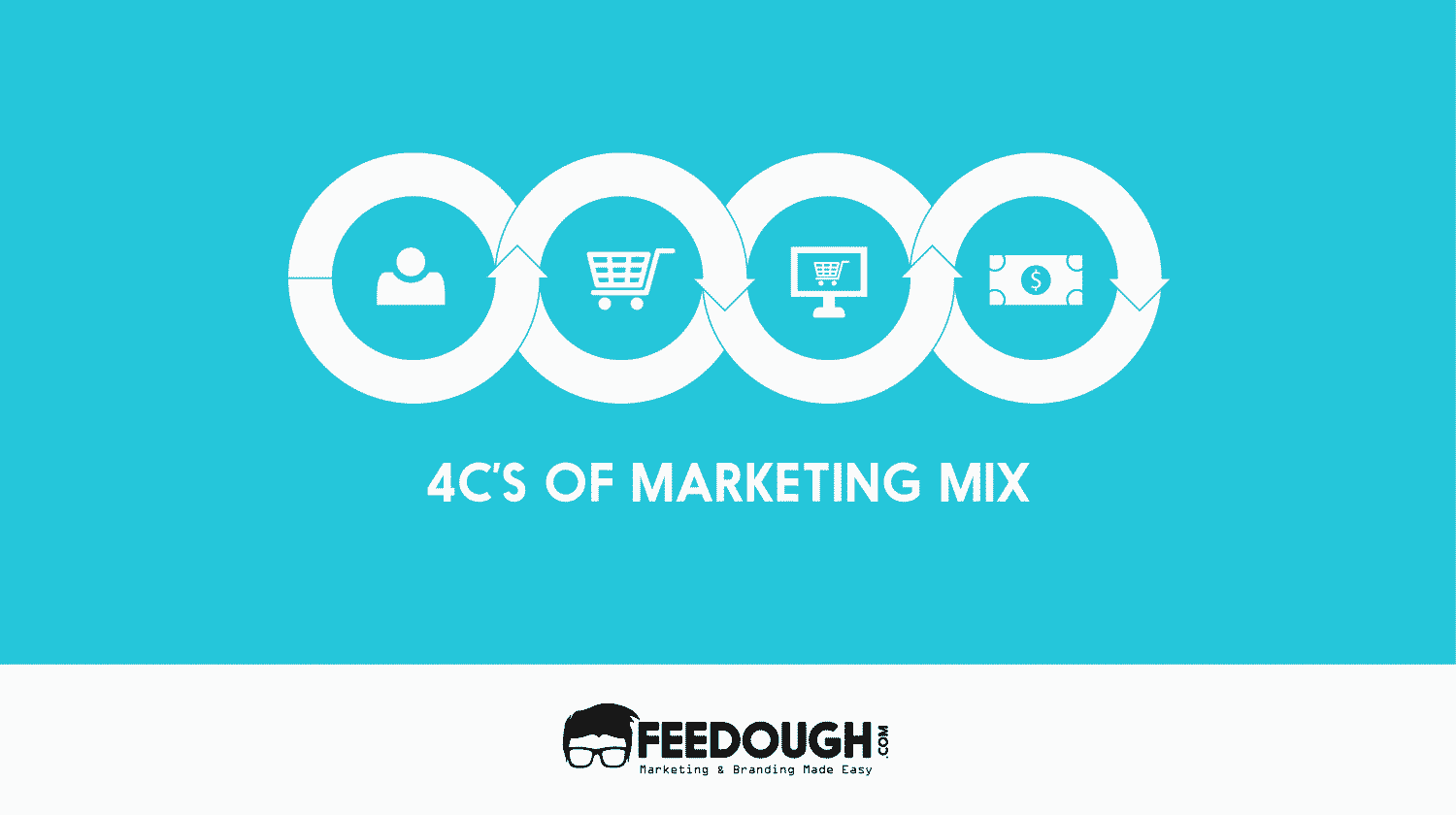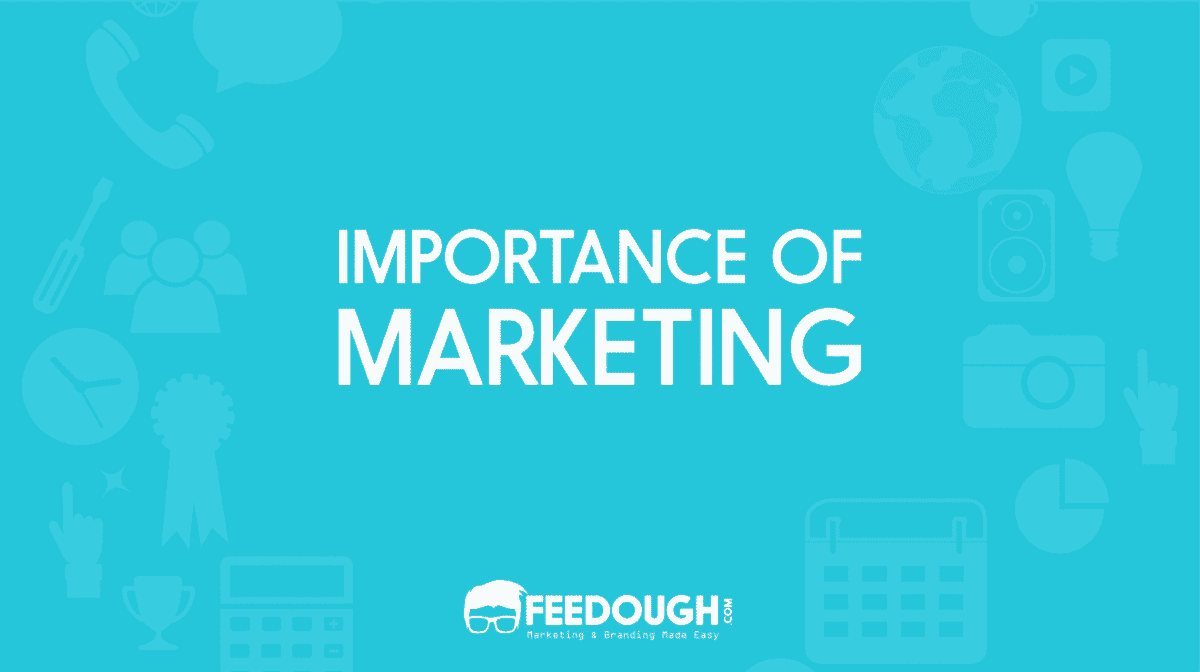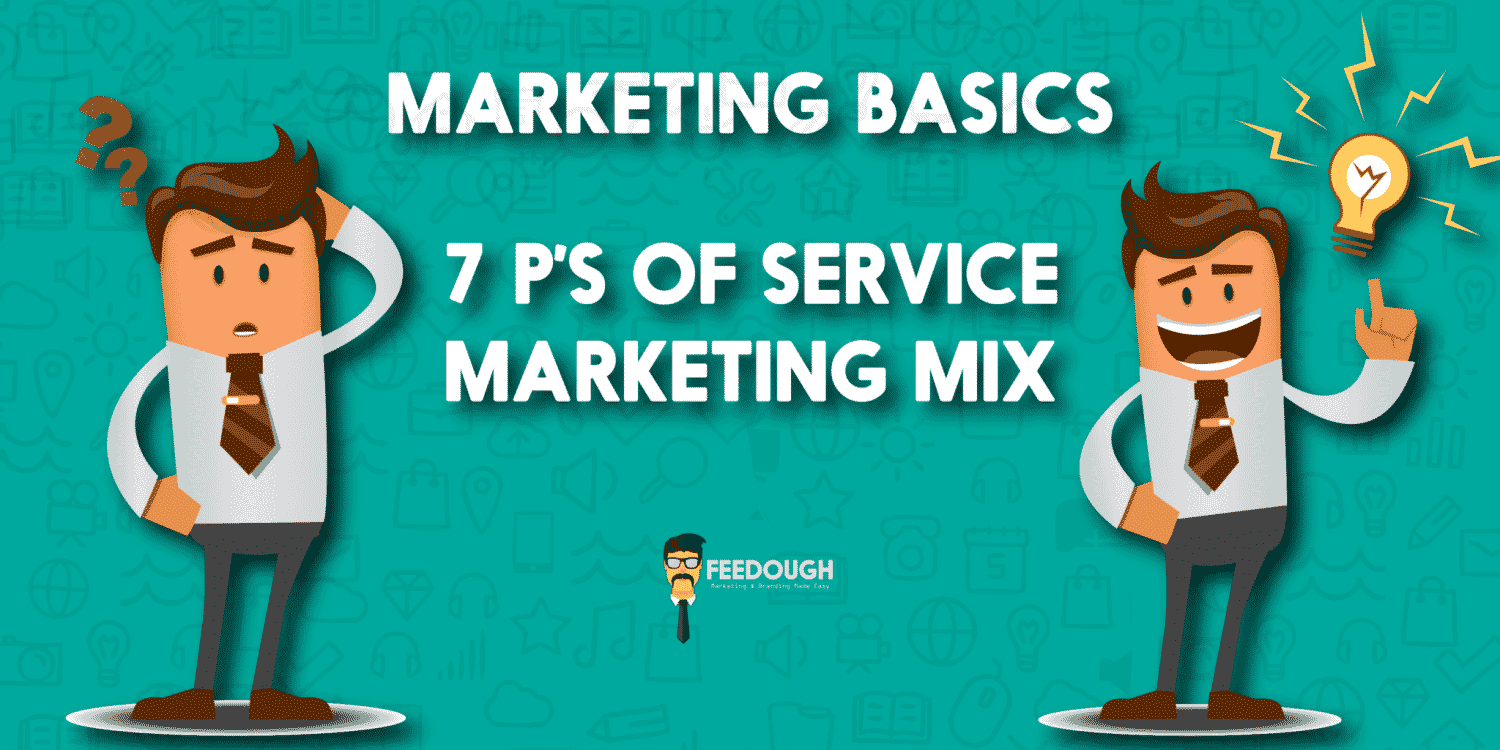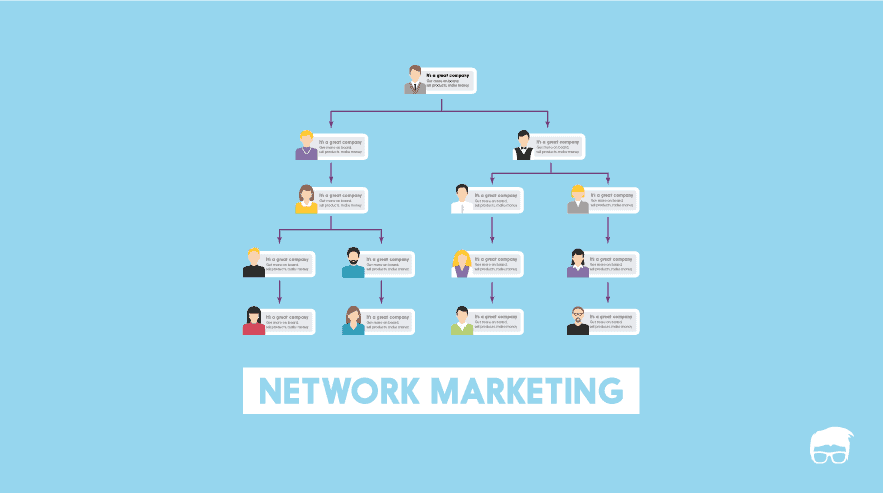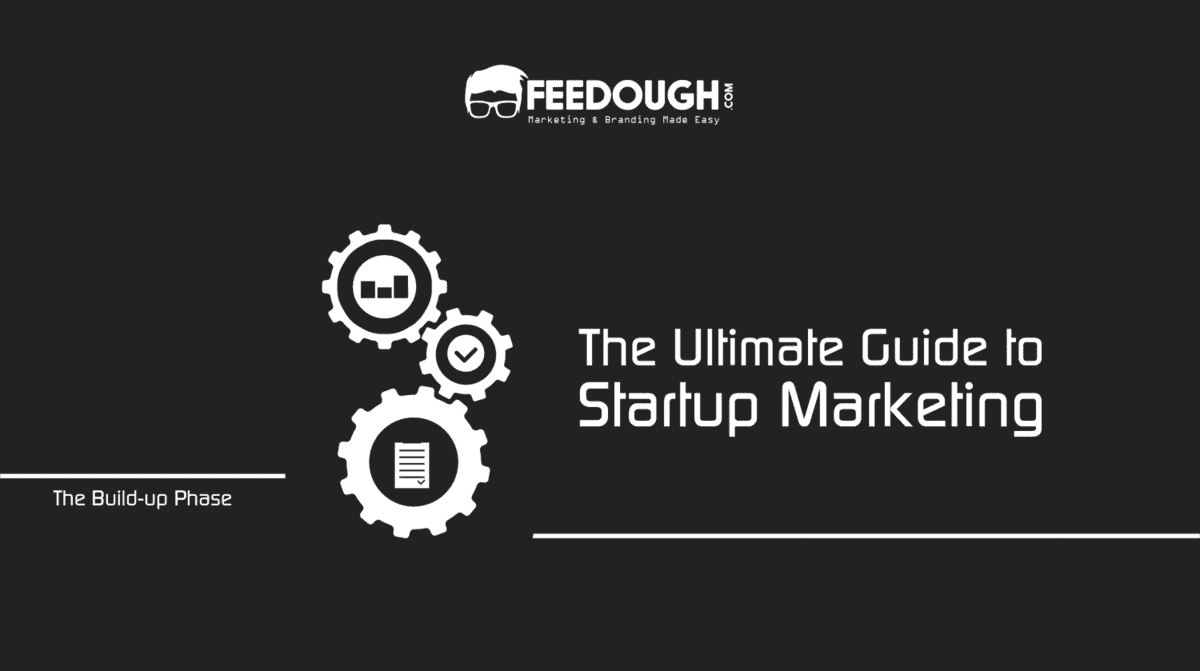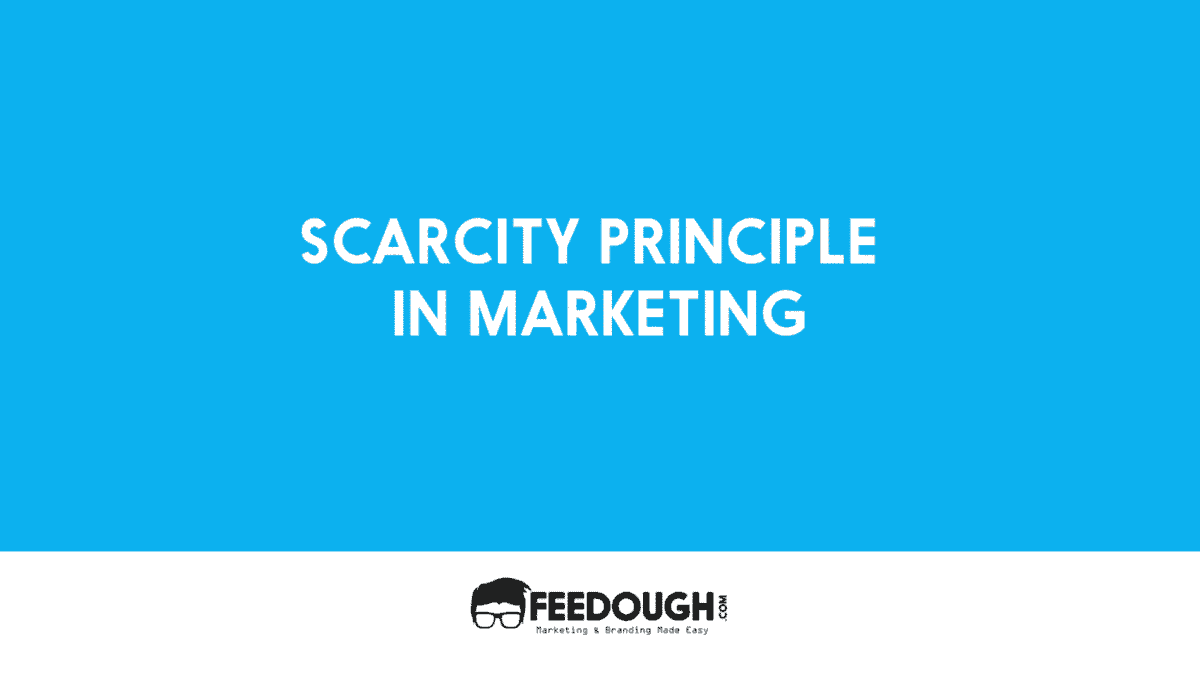The marketing mix theory, first coined by E. Jerome McCarthy in the 1960s, forms the foundation model for every business today.
Earlier, the marketing framework was confined to the characteristics of marketing systems and their functions. McCarthy provided a framework for marketing decision-making centered around the product, price, place, and promotion through his marketing mix theory.
Today, every company’s marketing decision-making revolves around these marketing mix principles. However, experts have further increased the number of principles influencing the marketing decision-making process.
But before explaining the 4Ps and 7Ps of the marketing mix theory, here’s an example of how Coca-Cola markets itself.
Coca Cola is one of the most valued brands in the world :
- It has a well-diversified portfolio of 3500+ products.
- It operates throughout the world and distributes its products using a franchise system.
- All of its products are competitively priced (since the FMCG industry sees a lot of competition), and
- It aggressively promotes its brand and offerings using advertisements, sales promotions, PR, and even CSR activities.
This is Coca-Cola’s marketing mix where it develops the product according to the customer needs, distributes it efficiently, prices it competitively according to the demand, and promotes it effectively to boost sales.
But what is marketing mix? What are the four pillars or 4ps of marketing?
What Is Marketing Mix?
Marketing mix is a set of tools and tactics a business use to pursue its marketing objectives and sell its offerings to the target audience.
Also called the elements of marketing, these tactics include how the marketers develop the offerings and decide their prices, places where they will be sold, and communication and promotional strategies.
In simple terms, marketing mix refers to the set of decisions that marketers use to develop and execute their marketing plans that can
- Create the highest level of consumer satisfaction, and
- Meet its organisational objectives.
This marketing mix concept derives its framework from the basic definition of marketing – identifying customer’s needs and satiating those needs through offerings. So the business:
- Develops a product according to the customers’ needs and wants
- Make it available at a price that customers find reasonable
- Supply the offering using distribution channels (places) that are convenient for the customer to buy from
- Inform the customer about the offering and its characteristics through various promotional channels
The Four Ps Of Marketing
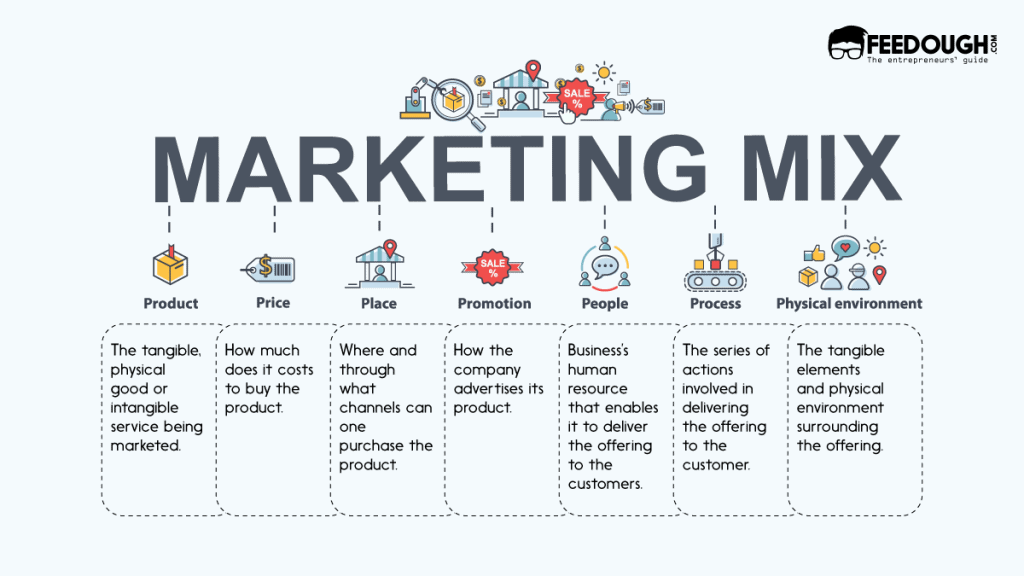
According to Philip Kotler, “Marketing mix is the set of controllable variables that the firm can use to influence the buyer’s response”.
These controllable variables constitute the 4ps or the four pillars of marketing –
- Product: the tangible, physical good or intangible service being marketed;
- Price: how much it costs to buy the product;
- Place: where and through what channels can one purchase the product;
- Promotion: how the business promotes its product.
Product
Product is the offering that the business builds, designs, or procures to satisfy customers’ needs and wants.
The product isn’t limited to a tangible offering. It can also be an intangible offering or a service like air travel, massage, etc.
The customer doesn’t pay for the tangible or intangible product, but for the benefit it provides. For example, customers pay for shoes because they look for comfort and style. They pay for ice cream because it’s tasty and provides relief on a hot summer day. They pay their internet bills because it lets them access the world wide web at the browsing speed decided.
Hence, a product can also be defined as the bundle of benefits offered to the customer at a price.
Price
Price is the amount the business charges for its offering.
Various factors influence the price of the offering. They include its demand, total cost incurred by the customer (including monetary and non-monetary cost), customer’s ability to pay, prices charged by competitors, government policies and restrictions, etc.
Price has a significant effect on the entire marketing mix and determines the business’s sustainability in the market. Besides this, it also influences:
- Product’s demand
- Brand positioning
- Buyer’s perception
- Business’s profitability
Businesses usually use one of these pricing strategies to price their offerings –
- Cost-Based Pricing: adds a set percentage of profits above the production cost of the product.
- Value-Based Pricing: sets the price based on the buyer’s perception of value rather than the actual costs.
- Competitive Pricing: sets the price based on prices charged by the competing businesses.
- Going-Rate Pricing: sets the price based on the going rate in the market. It is used where the business has little or no control over market rates.
Place
Place is the physical location where the customers get, access, purchase, or use the offering.
It includes the distribution channels the business uses to take the products to the customers. These comprise the chain of individuals or institutions like manufacturers, agents, distributors, wholesalers, and retailers, who form the distribution network of the business.
The distribution-related decisions are majorly influenced by a host of factors, mainly:
- Nature of market
- Nature of product
- Nature of the company
- Middlemen considerations
Usually, businesses choose any of the four prevalent distribution strategies. These are:
- Intensive Distribution: where the business try to distribute its offering to all the vendors who are ready to sell the offering. This strategy helps in covering as much market as possible. For example, surf products, soft drinks, etc.
- Selective Distribution: where the business us a limited number of outlets in a geographical area to sell its offerings. For example, Zara, Adidas, etc.
- Exclusive Distribution: where only one distributor is used in a specific geographical area. For example, Lamborghini.
- Franchise System: Where small businesses purchase rights from the business to sell its offerings. For example, McDonald’s.
A business can also decide between direct and indirect distribution:
- Direct Distribution: When the business sells directly to the customers without involving any intermediaries.
- Indirect Distribution: When the business involves intermediaries in their distribution strategy.
Promotion
Promotion is the process of informing, persuading, and influencing a customer to buy’s the business’s offering.
In simple terms, it comprises all the marketing communication efforts a business undertakes to promote its offering to the target audience. Usually, a business undertakes four strategies to promote its offerings:
- Advertising: Calling public attention to the business’s offering through paid announcements on offline and online channels.
- Public Relations: Strategic communication process business uses to build mutually beneficial relationships with the public.
- Personal Selling: Personalised sales method employs person-to-person interaction between the business and prospective customers to influence the customer’s purchase decision.
- Sales Promotion: Using attractive short-term initiatives to stimulate the offering’s demand and increase its sales.
The main objective of promotion is to provide information about the offering to the prospective customer to:
- Arouse potential customers’ interest in the offering,
- Compare it with competitor’s offerings, and
- Convince the customers to purchase this product.
The Extended Marketing Mix – The 7Ps of Marketing
The changing customer needs, behaviour, and trends force marketing to become a continually evolving discipline. Today, the marketing mix isn’t limited to just four pillars. Three more pillars have found their place in the extended marketing mix that shape marketers’ decision-making process.
These are:
- People: Business’s human resource that enables it to deliver the offering to the target audience.
- Process: The series of actions involved in delivering the offering to the customer.
- Physical Evidence: The tangible elements surrounding the product and the physical environment where the product or service is provided to the customers.
People
The business’s human resource form an important component of the extended marketing mix as they are key to offering’s delivery to the target market.
People include all the employees involved in the marketing and sales processes, be it those who directly interact with the customers and those who indirectly connect with the audience.
This element of the marketing mix is essential as customers don’t differentiate employees who contact them from the business these employees work with.
People include:
- Human resource responsible for service delivery,
- Personnel who represents the company’s value and conveys the brand message to the customers,
- Every other brand personnel who comes in contact with the target customers.
Process
Process is the series of actions involved in the delivery of the offering to the target customers. It includes all the procedures, mechanisms, and activities that impact how the offering is handled by the business and delivered to consumers.
In simple terms, process is the route the offering takes from the business to the customer. It includes the holistic customer experience that starts when the customer discovers the business and its offering and lasts through purchase and even beyond.
The process can be a sequential order of tasks an employee takes or a mixture of related or unrelated activities divided among the employees and the customers, resulting in the transfer of ownership from the business to the customer.
Physical Evidence
Physical evidence includes all the tangible elements surrounding the product and the physical environment where the product or service is provided to the target customer.
It includes all the non-human elements of the marketing experience developed to transfer the ownership of the offering from the business to the customer.
This includes:
- The touch points where customers interact with the business.
- Tangible branding elements like POPs, packaging, bills, carrybags, etc.
- Visual merchandising
- Every other non-human element that the customer sees, hears, and even smells in relation to the offering.
Importance Of Marketing Mix
Marketing as a whole depends on its seven pillars. The marketing mix forms the ingredients to the business’s key to marketing success.
A business can never consider a single element of the market mix in isolation. For example, one cannot develop a product without deciding on its price or distribution channel.
The process where the business considers the seven Ps of marketing mix together to form a cohesive strategy is called marketing planning. It’s vital for a business’s survival and sustainability in the market.
Besides this, a sound knowledge of marketing mix is important –
- For new product development,
- To make an offering sustain in the market for long,
- To tackle business competition,
- To tackle dynamic market demand and trends, and
- To develop a unique brand positioning.
Ideal use of marketing mix results in creating synergy that gives the right direction to all the marketing efforts towards a set objective.
What Factors Determine The Marketing Mix?
There’s no one shoe fits all when it comes to the marketing mix. Different companies selling different products have different marketing mixes. Two major factors influence their marketing mix –
- Internal Factors: They include factors within the business’s control or that lie within the business’s inner environment. These include:
- Nature of the offering
- Offering’s stage in its lifecycle
- Business’s objectives
- Business’s finance
- External Factors: They comprise all the factors that are outside the control of the business. These are:
- Competition degree
- Marketing channel’s efficiency
- Market trends
- Customer buying behaviour
- Government restrictions and policies
Marketing Mix Examples
Every company that exists today makes use of marketing mix in its marketing plans. Here are two renowned examples of the marketing mix.
Marketing Mix Of Nestle
Nestle is the world’s largest food and beverage company with more than 2000 brands serving almost every sub-industry of the FMCG industry.
Product Mix of Nestle
Nestle focuses on fulfilling the instant food needs of its customers. In addition, the company focuses on ready-to-consume and processed food items. Nestle’s product mix consists of:
- Dairy products: Nestle Milk, Nestle Slim, and Nestle Everyday.
- Chocolates: KitKat, Munch, Polo, Milky bar, Crunch, etc.
- Coffee: Nescafe, Nescafe Dolce Gusto, Nespresso, etc.
- Ready to cook or instant food: Nestle Maggi, Buitoni, Jacks, Herta etc.
Price Mix Of Nestle
Nestle usually follows only two pricing strategies for its products:
- Competitive Pricing: The company prices its products according to the competitor’s products prices for its products that operate in a competitive market like chocolates, instant food, etc.
- Skimming Pricing: The company sets a price higher than the competition for the products where Nestle stands out. These include products like Nestle A+ Slim, Nestle A+ Toned, etc.
Place Mix Of Nestle
Nestle makes use of mass distribution and uses a four-to-five level distribution channel involving manufacturers, agents (sometimes more than one), wholesalers, and retailers to deliver its offerings to the customers.
The company even uses modern distribution channels like eCommerce stores and online marketplaces to sell its offerings.
Promotion Mix Of Nestle
Nestle uses a mix of ATL, BTL, and digital marketing channels to promote its offerings to the customers. It includes:
- Advertisements: TV ads, radio ads, print ads, and digital marketing ads.
- Sales Promotion: Active promotions to increase POS sales.
- Public Relations: It maintains a good image of the brand through news articles, events, etc.
People Mix Of Nestle
The company maintains a healthy engagement with the target audience through social media channels. Also, it makes sure its salespersons are trained well before they contact the customers and other stakeholders like media, retailers, wholesalers, etc.
Process Mix Of Nestle
The company tries to develop its offerings using modern and robust technology and try to make sure that its offerings are always available at the point of sales.
The company is also involved in actively researching and understanding the evolving needs of its target customers to develop and deliver better offerings.
Physical Evidence Mix Of Nestle
Nestle uses distinctive packaging and branding strategies to deliver its offerings. It even makes sure to design the shelves its products are placed on to develop a holistic physical evidence mix for its offerings.
The company even has a user-friendly and branded website that allows its customers to view its products and interact with the brand.
Marketing Mix Of Facebook
Facebook is the world’s number one social media network that helps its users connect with their friends, families, and others over the internet.
Product Mix Of Facebook
Facebook offers a family of social media networks for users to connect with others and share their memories. These products include:
- Messenger
Price Mix Of Facebook
The company keeps its products free of charge for the users while charges a competitive price from the advertisers who advertise on the platform targeting these users.
Place Mix Of Facebook
Facebook uses all possible digital channels in its place mix to reach out to its customers. They include the desktop version of the platform and mobile applications compatible with almost every available mobile OS.
Promotion Mix Of Facebook
Facebook uses a mix of advertisements, PR, referral, and word-of-mouth marketing strategies to promote its offerings to customers.
People Mix Of Facebook
Facebook makes sure its support staff is highly trained before connecting with business customers. It also maintains its brand by teaching its employees personal branding etiquettes over social media channels.
Process Mix Of Facebook
Facebook keeps updating its platform’s algorithm to make sure customers get the best trends while fulfilling their socialising needs.
Physical Evidence Mix Of Facebook
For Facebook, the physical evidence includes website branding, design, and user experience, which the company takes good care of.
What Is Digital Marketing Mix?
A digital marketing mix is an adaptation of the traditional marketing mix on to digital marketing platform. That is, the business develops its digital marketing plans by considering the seven Ps of marketing – price, place, product, promotion, people, process, and physical evidence.
Go On, Tell Us What You Think!
Did we miss something? Come on! Tell us what you think of this article in the comment section.
A startup consultant, digital marketer, traveller, and philomath. Aashish has worked with over 20 startups and successfully helped them ideate, raise money, and succeed. When not working, he can be found hiking, camping, and stargazing.
